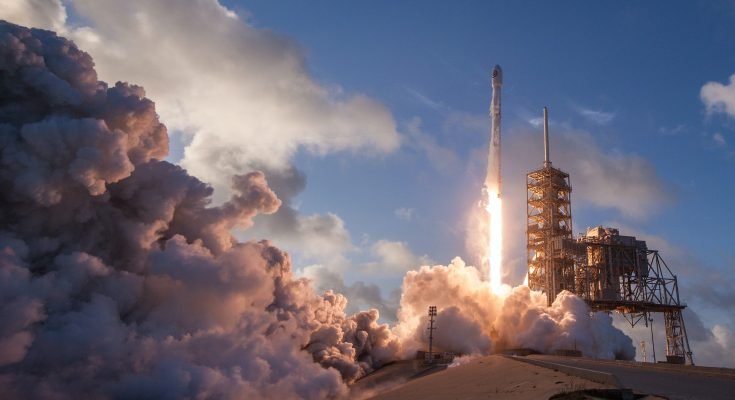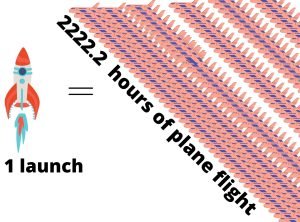According to NASA Associate Administrator for Communications Bettina Inclán in a news conference, over ten million people turned on their televisions, computers, phones, and any other device that could stream and on May 30, 2020, they all watched the first astronauts from a private commercial spaceflight company ascend into space.
SpaceX is the first company to achieve this commercial feat. There are many other companies, such as Virgin Galactic and Blue Origin, with the same goal of commercializing spaceflight. As mankind sends everyday passengers into space, what impact will we be leaving on the Earth which first allowed us to dream of the stars?
A 2020 University of Dayton research article “Impact of Space Travel” by Ryan Simkins, Patrick Ruhala, Drew Whalen and Advised by Dr. Erin Gibbemeyer stated, “Due to the newness of space travel, the costs and impacts aren’t fully known so to understand current and future space travel, we must use historical data.”
Despite the current inability to properly understand the full environmental cost of spaceflight, caution is still urged by the authors of “Impact of Space Travel”.
This subject should not just be approached with caution, but with the knowledge that commercial spaceflight has a real and current negative environmental effect.
One commercial space launch can emit 200-300 tonnes of carbon dioxide according to Eloise Marais, an associate professor of physical geography at University College London. To compare, one commercial airplane will emit, on average, 90kg of carbon dioxide per hour according to the Air Transport Action group.
The amount of carbon dioxide pollution released from a one-hour plane flight is .00045 of a commercial launch for four to five people. However, the current impact of commercial space flights is negligible because they only launch a few times a year. When commercial spaceflight companies start routinely travelling, that is when the pollution problem begins.
In their 2018 National Space Exploration Campaign Report, NASA stated, “In pursuit of a timely development and transition of commercial capabilities in LEO, where NASA envisions being one of many customers in the mid-2020s, the Administration is requesting $150 million in FY2019 (with increasing investments in subsequent years) for a new Commercial LEO Development program. These funds will stimulate the development and 16 maturation of private sector entities and capabilities that will ensure commercial successors to the ISS […] operational by 2025.”
The increase in commercial spaceflights are not only expected but financially encouraged by NASA. This financial expectation and promotion of the increase of commercial space flights will lead to a negative environmental impact.
“Impact of Space Travel” (2020). Stander Symposium Projects. 1990.
https://ecommons.udayton.edu/stander_posters/1990
“2018 National Space Exploration Campaign Report”


 The Liturgical Calendar: Should Christians Observe It?
The Liturgical Calendar: Should Christians Observe It? Embracing Authenticity in the Pursuit of Success: A Reflection on Journalism, Education, and Meaningful Academia
Embracing Authenticity in the Pursuit of Success: A Reflection on Journalism, Education, and Meaningful Academia Spring Concert: Music From Around the World
Spring Concert: Music From Around the World Recycling on College Campuses
Recycling on College Campuses
Leave a Reply